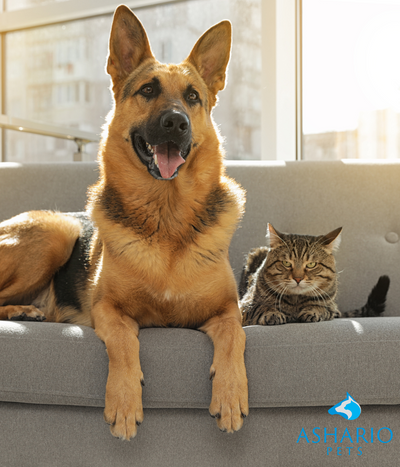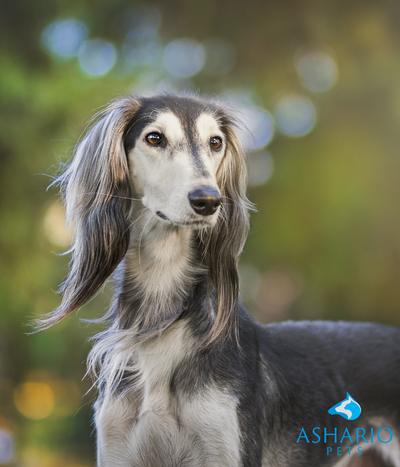How to Transition Your Pet to Grain-Free Food
Transitioning your pet to a grain-free diet can be a significant change for both you and your furry friend. Many pet owners are now considering grain-free options for various reasons, including allergies, sensitivities, or simply a desire for a more natural diet. This guide will help you understand how to make the transition smoothly and effectively.
Understanding Grain-Free Diets
Grain-free diets focus on providing a protein-rich meal without the inclusion of grains such as wheat, corn, or rice. Instead, these diets often incorporate alternative carbohydrate sources like sweet potatoes, peas, and lentils. Many pet owners believe that grain-free options can lead to improved digestion, healthier skin, and a shinier coat.
Why Consider a Grain-Free Diet?
There are several reasons why you might want to transition your pet to a grain-free diet. Some pets may have food allergies or sensitivities that can cause skin irritations or gastrointestinal issues. A grain-free diet can help alleviate these symptoms. Additionally, many pet owners find that their pets thrive on higher protein diets, which can contribute to overall health and vitality.
Steps to Transition Your Pet
- Consult Your Veterinarian: Before making any dietary changes, it’s essential to consult with your veterinarian. They can help determine if a grain-free diet is suitable for your pet and recommend specific food options.
- Gradual Transition: When introducing a new diet, it’s crucial to do so gradually. Start by mixing a small amount of the grain-free food with your pet’s current food. Over the course of 7-10 days, gradually increase the proportion of the new food while decreasing the old food. This slow transition helps prevent digestive upset.
- Monitor Your Pet: Keep an eye on your pet’s reaction to the new food. Look for any signs of allergies or digestive issues, such as vomiting, diarrhea, or changes in appetite. If any adverse reactions occur, consult your veterinarian.
- Stay Consistent: Once your pet has fully transitioned to the grain-free diet, try to maintain consistency. Avoid frequent changes to their diet to prevent digestive issues.
Additional Tips for Success
- Ensure your pet has access to plenty of fresh water, especially as you change their diet.
- Consider incorporating some high-quality wet food alongside dry kibble to enhance palatability and hydration.
- Be patient; some pets may take longer to adjust to a new diet than others.
Making the switch to a grain-free diet can be beneficial for your pet’s health, but it requires careful planning and consideration. By following these steps, you can help ensure a smooth transition and support your pet’s well-being.
Stay connected with Ashario Pets through our website at https://ashariopets.ca/. For the latest updates, promotions, and adorable glimpses into the lives of our furry friends, follow us on Instagram and TikTok @ashariopets. Questions or inquiries? Reach out to us at 647-564-4433 or drop us an email at mailto:info@ashariopets.ca.
Contact Information:
- Address: 1111A Finch Ave West, Unit 2
- Phone: 647-564-4433
- Website: https://ashariopets.ca/
- Email: mailto:info@ashariopets.ca
- Instagram: @ashariopets
- Tiktok: @ashariopets




